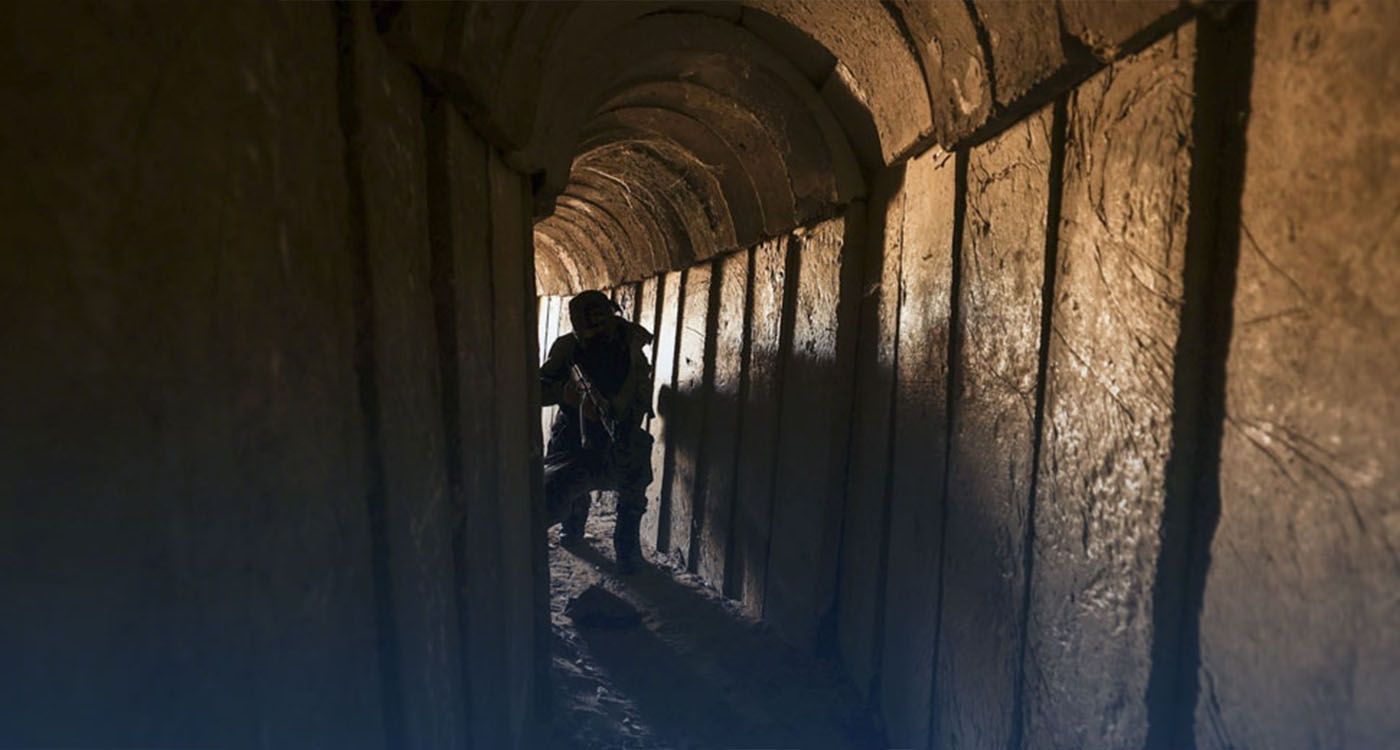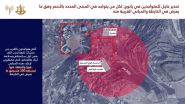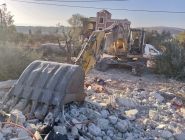
A siren pierces the cold southern Lebanese night. Peacekeepers cross the Blue Line, weapons and detectors in hand. Beneath their feet, invisible and silent, tunnels snake for hundreds of meters, potential routes for stealth incursions or kidnappings. It’s December 2018. Israel is about to launch Operation “Northern Shield,” a systematic hunt for Hezbollah’s underground passages, which, even today, have not been fully dismantled.
In 2025, these tunnels still worry Tel Aviv, as tensions remain high along the Lebanese-Israeli border, exacerbated by the open war launched by Hezbollah after the attack of October 7, 2023. Long viewed as conduits for infiltration and surprise assaults, these underground networks remain a prime target for the Israeli army. To grasp their scale and sophistication, This is Beirut revisits the 2018 operation and gathers the testimony of a former commander with the United Nations Interim Force in Lebanon (UNIFIL).
A December Night
On December 4, 2018, UNIFIL’s liaison team was urgently called up. Dispatched across the border, they were informed that Israel had discovered cross-border tunnels attributed to Hezbollah, tunnels that defied geology itself, carved through carbonates and dolomites that should have made such work impossible.
“At dawn, we crossed the Blue Line to reach Rosh Hanikra, on the Israeli side,” recalls a former UN officer interviewed by This Is Beirut. “Dozens of soldiers stood ready, tense and silent. An Israeli engineer told us that a large-scale destruction operation was about to begin.”
Code-named “Northern Shield,” the operation lasted six weeks. Israel mobilized massive resources: engineering units, drilling machines, acoustic and seismic sensors and ground troops to secure the sites. Every village, every hill, every square meter was under close surveillance. The objective: to locate and neutralize the tunnels crossing the Blue Line from southern Lebanon before they could be used for attacks inside Israel.
After six weeks, despite extreme tension and constant underlying danger, Operation Northern Shield ended on the Israeli side without a single shot fired. By that time, five cross-border tunnels, located several kilometers apart, had been detected and destroyed. Six months later, a vast underground network was also uncovered, revealing the true scale of these clandestine infrastructures.
Tunnels as Instruments of War
“These tunnels were astonishingly complex,” recalls the commander. “Some stretched for hundreds of meters, equipped with ventilation, electricity and stairs, sometimes passing under inhabited or agricultural zones. All were located in strategic areas.”
His explanations, combined with in-depth studies conducted by various experts on the subject, have brought to light the following findings.
In Kfar Kila, the discovery shocked many soldiers. Three tunnels had been dug beneath a tectonic block along the fault line. The largest extended nearly 200 meters, reaching 37 meters inside Israeli territory. Its entrance, hidden within a Lebanese industrial structure, passed under a UNIFIL post and continued beneath Israeli farmland.
In order to neutralize it, Israeli engineers used a silent weapon: a thick mixture of bentonite injected from their side of the border, sealing the tunnel forever – a serpent of earth stopped mid-slither.
From Kfar Kila, Israeli engineers and special units moved westward. There, from the Lebanese village of Ramya toward Zar’it in Upper Galilee, a network of tunnels obviously targeted Israeli surveillance infrastructure. Further east, a massive tunnel discovered on June 3, 2019, after six months of painstaking investigation, emerged on a wooded slope stretching nearly one kilometer down to the Trans-Galilee Highway.
The Zar’it Mega-Tunnel
Carved through alternating layers of hard and semi-hard limestone, the tunnel descended 80 meters deep, cutting through karst cavities filled with rock and soil to mask debris. To avoid detection, workers advanced barely one or two meters a day, likely since 2014, using a single manual drilling machine. No ventilation shafts were found, which is proof of sophisticated concealment. Its walls, partially reinforced with cement, contained wiring for electricity, ventilation and communication, as well as a rail to transport materials. The entrance, hidden in a sloped civilian building, allowed quick access by staircase, perfect for the swift passage of fighters.
On the Israeli Side
As Israeli teams advanced, they discovered zigzagging corridors with cemented stairs at 45 degrees, while on the Lebanese side, the 750-meter passage inclined gently. Eight meters below the surface, a two-level chamber with some kind of balcony appeared, perhaps designed to blast open an exit. As for the Israeli end, it remained invisible, buried 5 to 10 meters deep, another mark of precision concealment. The digging even appeared to favor an upward slope, making it easier to remove debris either by rail or manually.
These tunnels were clearly built as hidden arteries — covert corridors to launch guerrilla incursions, seize key northern Israeli positions and create chaos before a counterattack.
A Strategic Vision Underground
In the east near Kfar Kila, the tunnels could have enabled lightning strikes along Highway 90, the siege of Metula or even threats toward Kiryat Shmona, just three kilometers away — enough to create confusion and delay Israel’s response.
In central Galilee, they offered hidden mobility to capture night surveillance posts perched on hilltops. In the west, near Zar’it, the tunnels opened toward watchtowers and the main Upper Galilee road, potentially creating a corridor to the coastal plain.
The vision that emerges is that of a grand, audacious plan, designed to turn the underground into a strategic battlefield and the silence of stone into a weapon for sudden, disorienting offensives.
For Israel, neutralizing these structures was therefore crucial. The operation proved that Hezbollah could pour immense resources into underground warfare, but also that Israel had the tactical and geotechnical capabilities to counter it. The experience has since become a model for confronting cross-border and subterranean threats.
Still, the danger has not vanished: sporadic infiltration attempts and reconstruction efforts by Hezbollah remain possible—a reminder that the war beneath the surface is far from over.





Comments